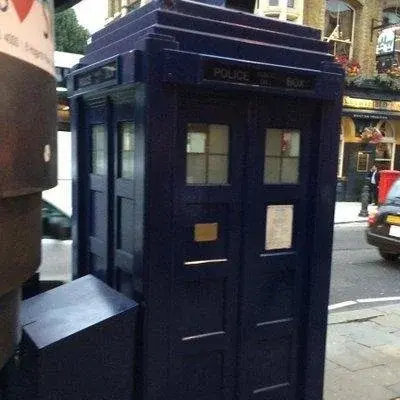This is odd. I run a similar but smaller facility in New Zealand (3 tanks). If the nitrogen supply fails we have about 18-20 days worth left in the tanks before they run dry. Even then I had a staff member checking every couple of days over Christmas anyway. I wrote an R script to analyse data from the tanks https://rhizobia.nz/r/N2-tanks.html to get a good idea of usage.
Just strange to me that a much more well funded organisation didn’t do better.
Just strange to me that a much more well funded organisation didn’t do better.
I’m guessing the bureaucrats are very well funded.
That is weird. I don’t think i’ve ever seen a sample dewar that couldn’t last two weeks, most are fine for a month or more. How the hell are they designing their sample storage system, that it’s only go of for four days? Are they insulating with Styrofoam?
Well, if reported to the police, foul play or neglect was involved.
The article says: “Currently there is no indication that it was due to outside influence but the police report was done to cover all bases.”
That’s interesting. May I ask you a few questions?
Why are you storing in the gas phase?
Some temperature spiking is normal, but it should not exceed the glass transition temperature of about -130°C.
Glass transition of what, the samples? Sample containers? …?
“one-fill all-fill” (OFAF) to work. OFAF fills all tanks sequentially once any one triggers the process.
What are the benefits of that?
From the usage graphs, why does it seem like Tank 1 is using the most nitrogen, even though Tank 3 is getting accessed the most? Shouldn’t Tank 3 have higher losses?
No problem, The gas phase avoids nitrogen liquid infiltration into our storage straws that could be imperfectly heat sealed. If only a tiny amount gets in this expands 700 times in volume to the gas phase when warmed up causing the straws to pop.
The key glass transition temperature is that of the samples, there will inevitably be some warming as the tanks are used and sample racks removed, but so long as the samples don’t warm more than -130°C they won’t experience any structural changes.
OFAF just saves liquid nitrogen, quite a lot is lost cooling down the pipes when doing a fill, so may as well fill all of the tanks while the supply pipe is cold.
I think there is an issue with Tank 1, perhaps the insulation is not as good as the other tanks. I am monitoring to make sure it does not get worse over time.
I can answer questions 2 and (tentatively) 4!
When freezing samples, they are cooled rapidly to form vitreous (noncrystalline) ice. If the ice warms enough (and that temp is still well below 0°C), it can transition into a crystalline form. This makes the ice expand and become spiky, which can damage proteins and cells.
For differences in LN2 usage, not every dewar is created equal. Age, the degree of vacuum between the walls, and the distance between the inner and outer walls can substantially affect the thermal conductivity, and thus the boil-off. Differences in how they are capped (which by nature can’t be vacuum-insulated) can also change their efficiency.
Because having remote monitoring for important assets is that hard… x(
You’d be surprised how many labs don’t do temperature monitoring, let alone data analysis on that to try and predict when that asset will fail
Not surprised at all. ;)
University labs tend to be notoriously lax in comparison to commercial counterparts
Most expensive hospital in the world everyone…
Not again!
That’s what the bowl of petunias said.
🤖 I’m a bot that provides automatic summaries for articles:
Click here to see the summary
Research samples collected over decades at a Swedish medical university were destroyed when a freezer malfunctioned during the Christmas holidays, the institute has said.
The samples were stored in tanks cooled with liquid nitrogen, at a temperature of -190C, at Karolinska Institutet (KI) in Stockholm.
Matti Sällberg, dean of KI’s southern campus, said on Monday: “It happened at possibly the absolute worst time imaginable in Sweden, just one day before Christmas Eve.”
“Those worst affected are those researching leukaemia, they have gathered samples from patients over as much as 30 years,” he added.
An internal investigation has been launched at the university and despite there being no indication of sabotage, the incident has also been reported to police.
Sällberg said: “Currently there is no indication that it was due to outside influence but the police report was done to cover all bases.”
Saved 54% of original text.
deleted by creator
Well, 16 cryogenic tanks.
deleted by creator
Maybe a janitor turned off power to the whole lab to stop the irritating alarms… no, wait, I think that was a different case.
deleted by creator
deleted by creator
Everybody was out of town for Christmas.
More likely, they were saving costs and fired the non-essential janitor who turned out to be totally fucking essential
Ironically, firing the non-essential janitor would have prevented the last incident of this type
deleted by creator
Because they were home for Christmas. Of course they should have better monitoring, but that is why.







